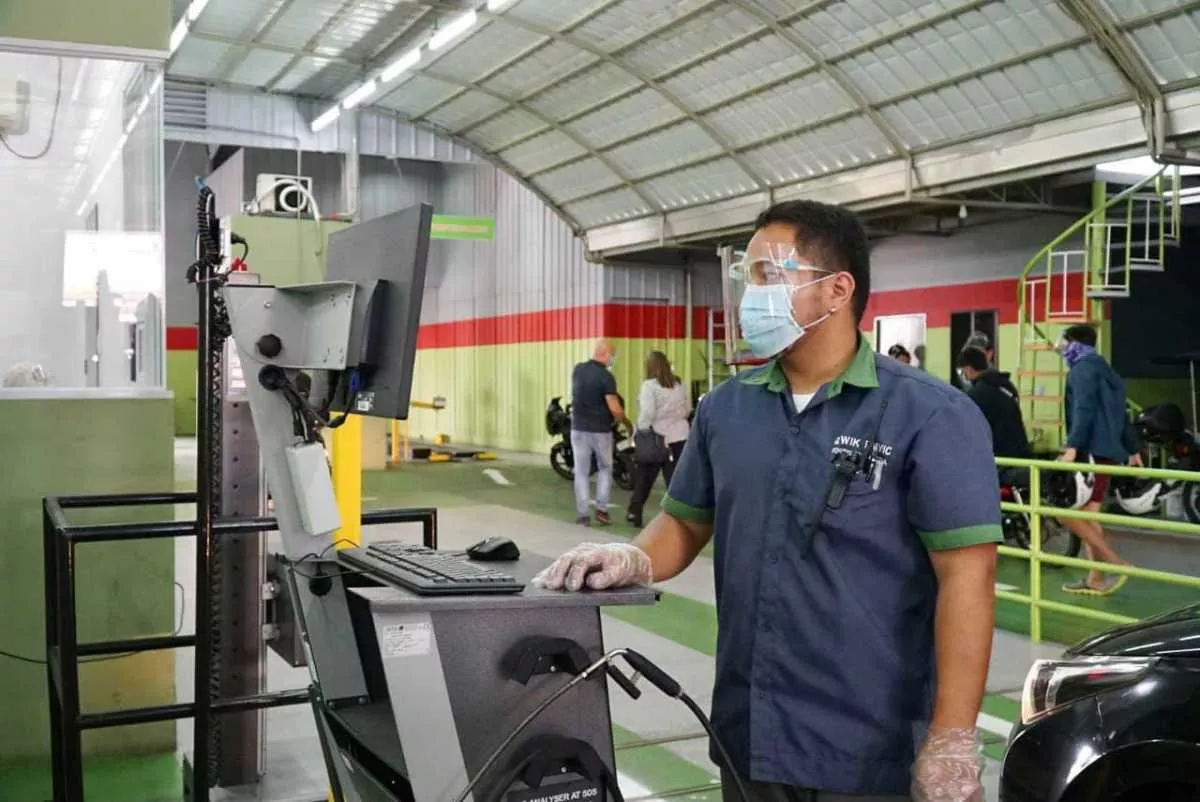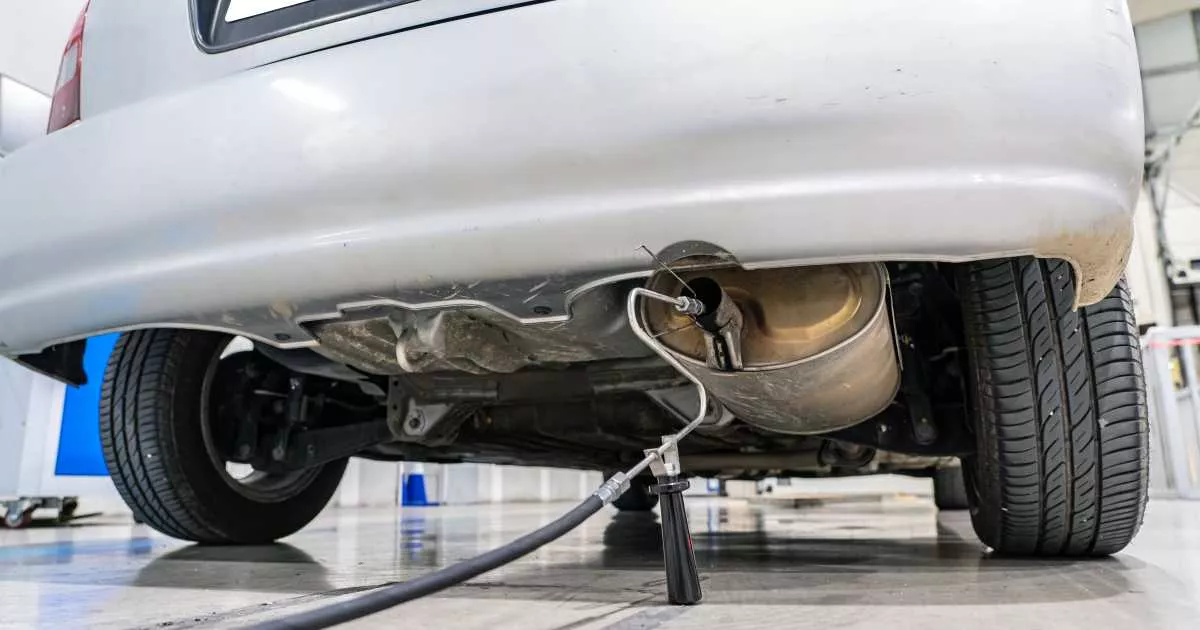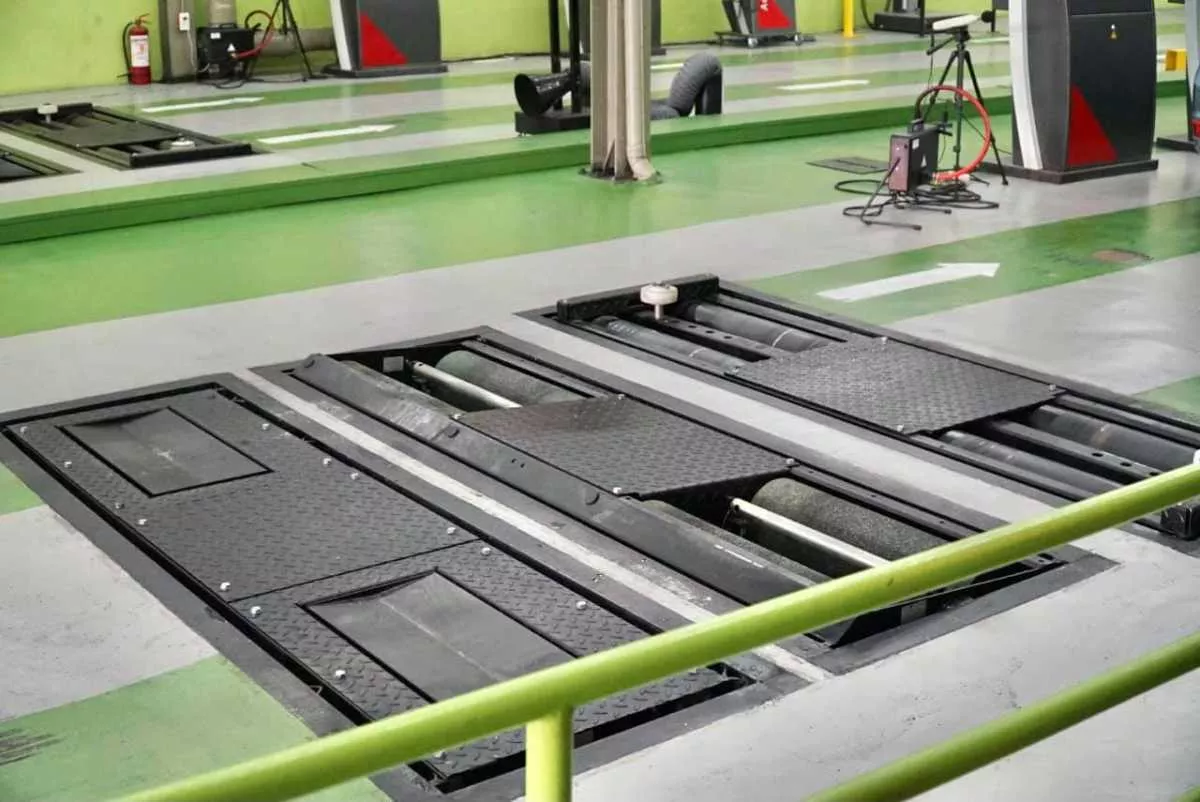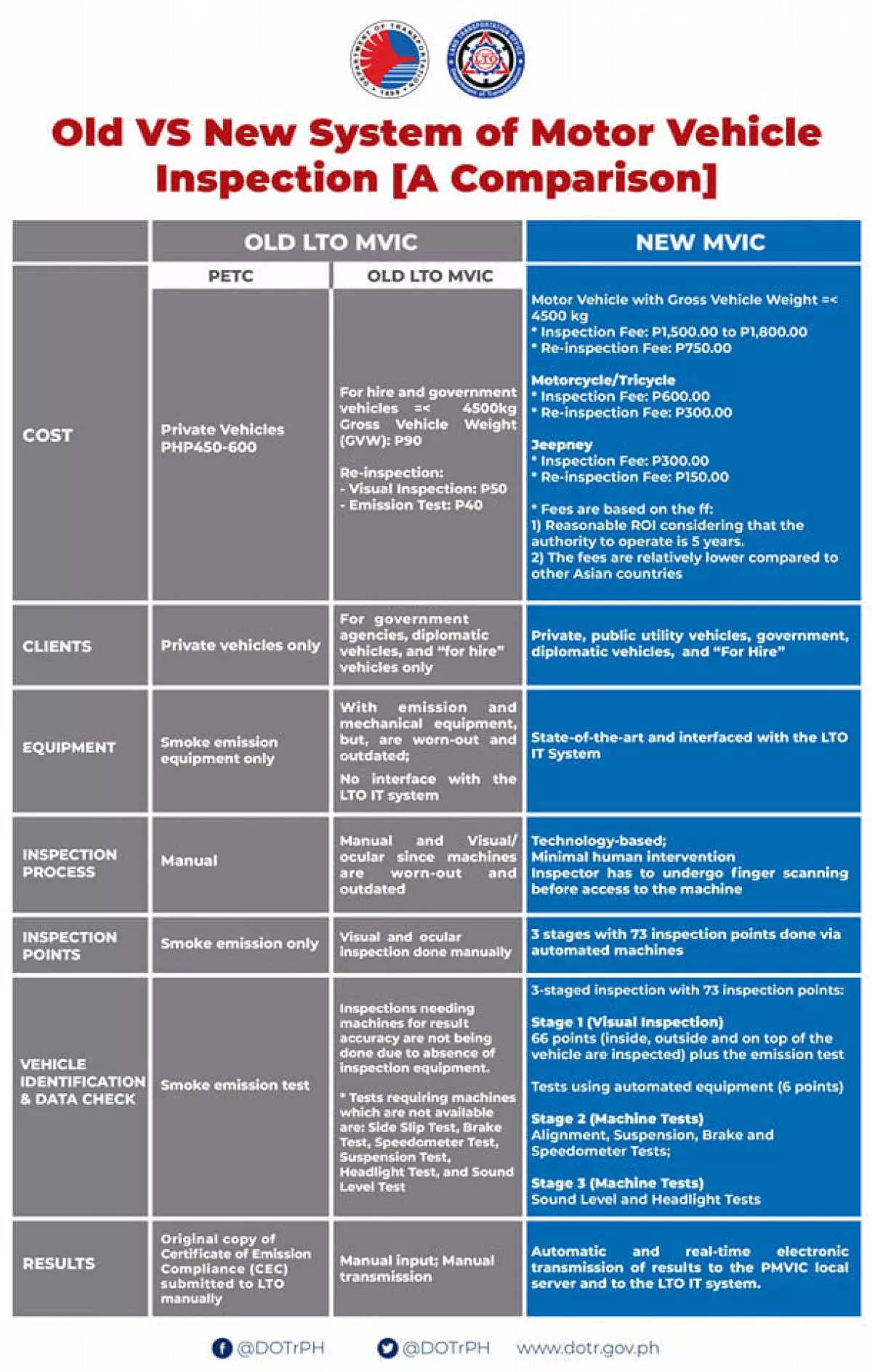Although everyone has the right to own a vehicle, being able to drive it is a different story. Taking your machine to the streets remains a privilege since you share the road with other users, and authorities need to make sure that both you and your car are up to the task.

The DOTr wants to elevate its standards for local vehicle roadworthiness testing
Being the world’s most cautious driver is not enough if your ride is poorly maintained, and the consequences of having an unsafe vehicle can be dire, indeed. In its annual Metro Manila Accident And Reporting System Annual Report, the Metro Manila Development Authority or MMDA has tallied 121,771 road accidents in the metropolis for 2019, an average of 334 daily.
From this figure, there were 372 fatalities, 20,466 sustained non-fatal injuries, and more than 100,933 incidents resulted in damage to property. It’s in this light that the Department of Transportation (DOTr), through the Land Transportation Office (LTO), introduced a revised Motor Vehicle Inspection System (MVIS).
What is it and how is it different from before?
In the past, vehicles would be evaluated merely through manual and visual inspection since the testing equipment is obsolete. A private emissions testing center (PETC) would gauge the number of pollutants a vehicle emits during use.
Many motorists opted to get the services of third-party service providers who would process the needed documentation on their behalf, without having to show up for the actual assessment. Worse, even a vehicle that clearly fails the test can be given a passing grade just by bribing the inspector.

In the past, an emissions test would suffice along with a visual inspection of the vehicle
According to the DOTr, the new MVIS is a more stringent process of checking the roadworthiness of a particular vehicle, before it can be allowed to have its registration renewed. A total of 73 items on the vehicle will be checked by a designated private motor vehicle inspection center or PMVIC, divided into three stages.
The first stage of inspection covers 66 areas spanning the vehicle’s exterior, top, and interior, including smoke emissions. In the second stage, testing the vehicle’s tire alignment, suspension, brakes, and speedometer will be covered. For the third stage, the vehicle’s headlights and noise levels will be reviewed.

Idler rollers are part of the equipment that PMVICs use
Unlike in the old process, the new MVIS uses state-of-the-art testing facilities and equipment, which will automatically transmit the results to the LTO’s information technology system. This minimizes the need for human intervention, which the DOTr hopes will also thwart opportunities for corruption. The new system will also cover more vehicles than before, including those officially used by government and diplomatic services.
>>> Related: Palace: Emission test or MVIS still required for registration renewal
The new service comes at a higher cost
Compared to the more basic checks conducted by PETCs, a PMVIC’s checks are more comprehensive, and therefore entail a higher fee. Private four-wheeled vehicles are charged up to Php 1,800 with a retesting fee of Php 750 should they fail the checks. Motorcycles and tricycles are charged Php 600, with Php 300 as retesting fee, while jeepneys are charged Php 300, with a Php 150 retesting fee.
The DOTr maintains that the fees allow a reasonable return on investment (ROI) for the private franchisees of these inspection centers, which are authorized to operate for a period of five years. Furthermore, the agency claims that the rates are among the lowest in Asia.

According to the DOTr, the new process is more comprehensive than before
>>> Related: New Motor Vehicle Inspection now comes with lower fees
Transport Secretary Arthur Tugade notes that the cost is a small price to pay for ensuring safety on the road. “We want to prevent the unnecessary loss of lives and property along our roads, dahil ang road crash, hindi namimili ng panahon – may pandemya man o wala…Ito na ang panahon upang magkaroon tayo ng mas maayos at dekalidad na sistema,” he said.
(A road crash can happen anytime, even in the absence of a pandemic. It’s time for us to have a better vehicle registration system)
Find more stories relating to mobility at Philkotse.com.
Recent posts
- senate wants suspension of lto new motor vehicle inspection Feb 18, 2021
- validity extension plates ending 1 and 2 Feb 05, 2021
- LTO new vehicle inspection Scammers Jan 30, 2021
- LTO new motor vehicle inspection system public unrest Jan 28, 2021












